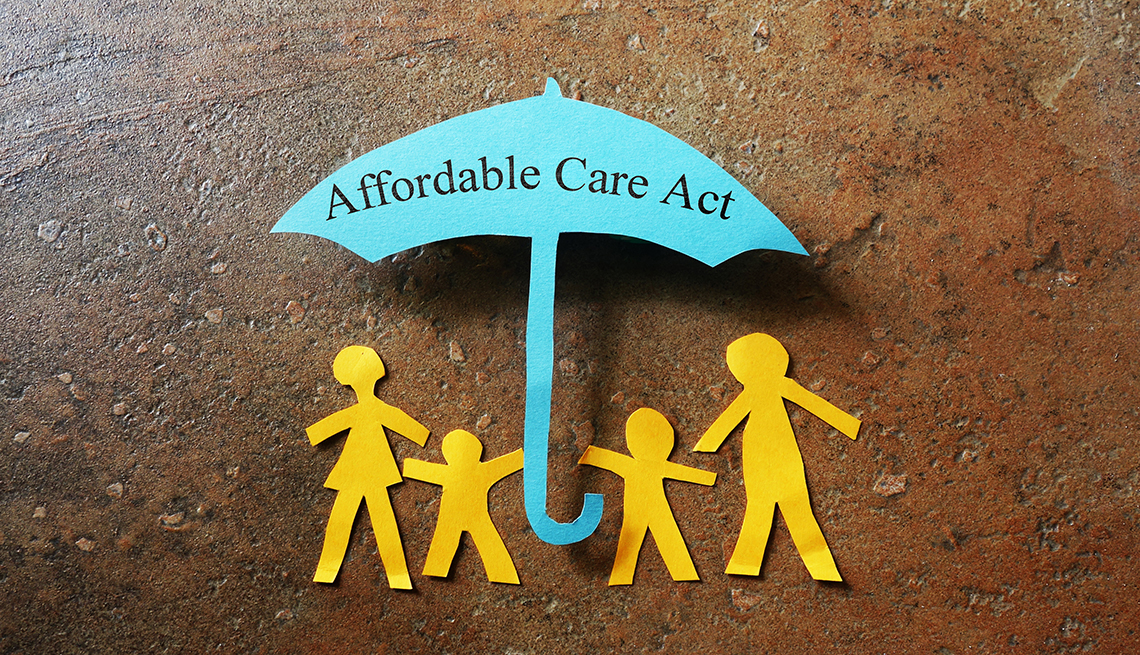Expanded ACA Subsidies Extended Through 2025
Inflation Reduction Act provision helps millions of Americans afford health coverage
Millions of Americans will continue to be able to afford their individual health insurance coverage under the Affordable Care Act (ACA) because the Inflation Reduction Act of 2022 extends expanded premium assistance for the next three years.
The American Rescue Plan, enacted in 2021, enhanced premium subsidies for ACA plans, but that additional assistance was scheduled to go away at the end of 2022. Had the ACA subsidy improvements not been in place in 2022, the nonpartisan Kaiser Family Foundation estimates that in the 33 states that use the ACA’s federal Health Insurance Marketplace, premiums enrollees paid would have been 53 percent higher. The foundation also predicted that more than 3 million Americans could lose their health coverage if the subsidy support wasn’t extended because they couldn’t afford the premiums. The new law will extend this subsidy support through 2025.
“It cannot be overstated just how impactful the enhanced financial support is for people buying health care in the marketplace, particularly at a time when pocketbooks are strained,” says Megan O’Reilly, AARP vice president of government affairs for health and family. “These subsidies are particularly important for people ages 50 to 64 who saw an average savings of over $950 annually as a result of this assistance and, as we know, already pay up to three times more than someone younger.”
AARP Membership -Join AARP for just $12 for your first year when you enroll in automatic renewal
Join today and save 25% off the standard annual rate. Get instant access to discounts, programs, services, and the information you need to benefit every area of your life.
How ACA subsidies work
People with annual incomes below 150 percent of the federal poverty limit — in 2022, $20,385 for an individual and $27,465 for a couple — are eligible for zero-premium coverage, depending on what plan they select.
People with incomes between 150 percent and 400 percent of the federal poverty level — in 2022, $54,360 for an individual and $73,240 for a couple — are eligible for premium subsidies. The amount of the subsidy depends on someone’s income and what plan they select.
People with incomes above 400 percent of the federal poverty level are eligible for subsidies if their premium payments would be more than 8.5 percent of their income.
“By including this policy in the Inflation Reduction Act, Congress has made health care more accessible and affordable for millions of Americans,” said O’Reilly.
Dena Bunis covers Medicare, health care, health policy and Congress. She also writes the Medicare Made Easy column for the AARP Bulletin. An award-winning journalist, Bunis spent decades working for metropolitan daily newspapers, including as Washington bureau chief for the Orange County Register and as a health policy and workplace writer for Newsday.


